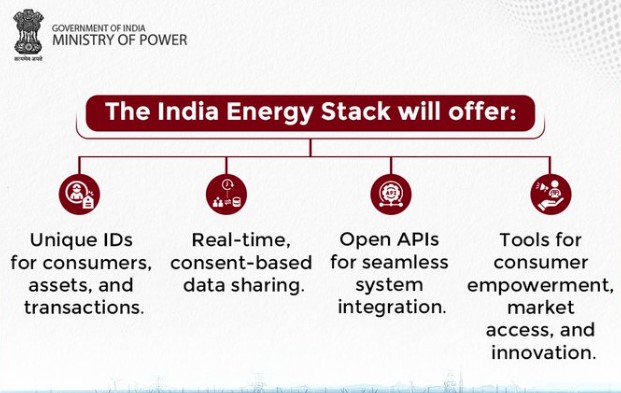Mains: GS III – Infrastructure-Energy
The power ministry is working with discoms, regulators, and technology companies to roll out the IES blueprint, which will ultimately be implemented nationwide.
An API, or Application Programming Interface, is a set of rules and protocols that allows different software applications to communicate with each other.
A utility intelligence platform is a data-driven application that collects, synthesizes, and analyzes data from a utility's various systems to provide real-time insights for smarter management.
Nandan Nilekani helped to create foundational digital platforms like India Stack, which includes Aadhaar and UPI, and the Open Network for Digital Commerce (ONDC).
